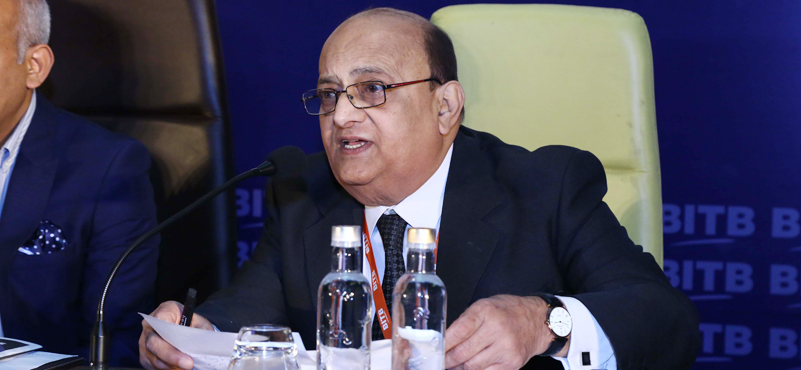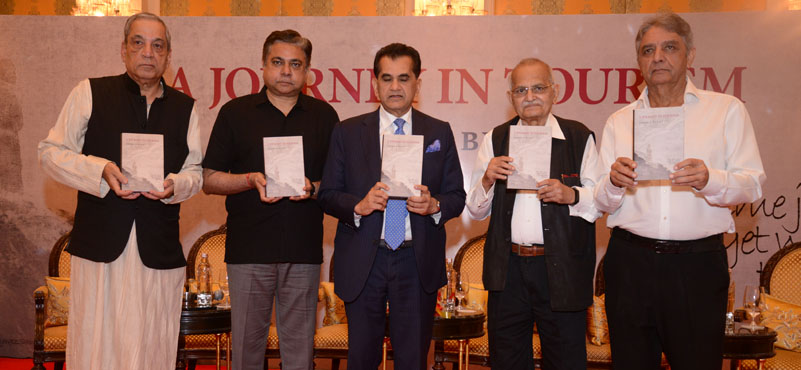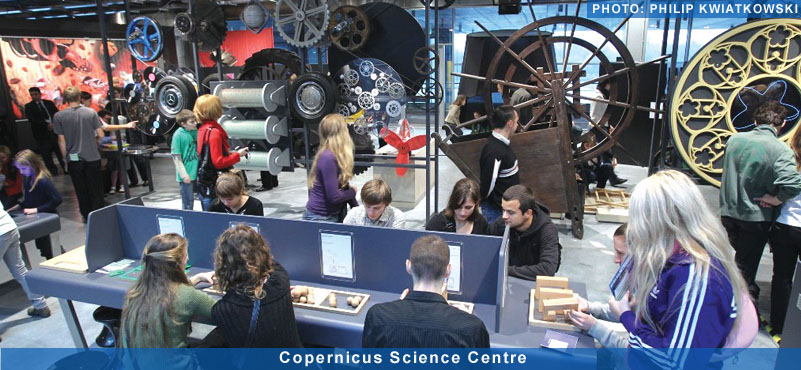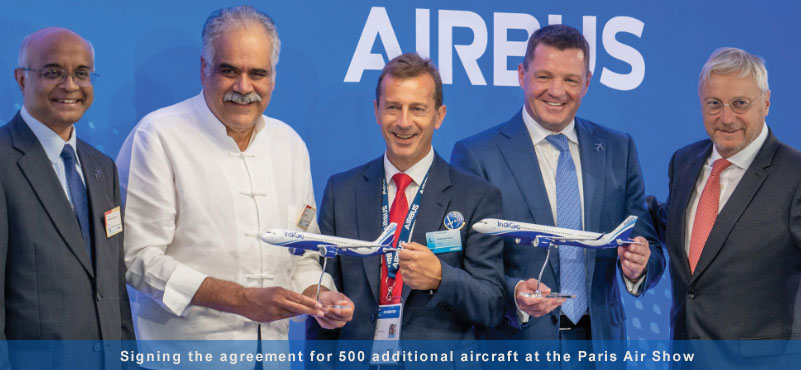Citing examples of some of the Best Practices Globally, here is a road map for opening up states and the country holistically and cautiously.
Tourism continues to be one of the sectors hardest hit by the Covid19 and, as of today, the outlook remains grim and highly uncertain. International organizations and major tourist receiving countries have estimated that the sector went down between 70% and 80% in 2020, and only slow recovery is in sight in 2021. Destinations that rely heavily on international, business and events tourism have suffered particularly, with many coastal, mountaineous and rural areas faring better than urban areas. The news of Covid vaccine is indeed encouraging and offers a glimmer of hope for recovery, though challenges still persist, with the sector expected to remain in survival mode till at least the end of 2021. While domestic tourism has helped to a considerable extent in mitigating the impacts on incomes, employment and businesses in some destinations, experts believe that the real recovery would take place only when international tourism rebounces.
While many governments and their private sectors realized the gravity of the situation during the first quarter of 2020 itself and swung into action like a cat on a hot tin roof, others, regrettably, decided to wait and watch. Those who woke up early have taken tangible actions to offset the blow, yet more needs to be done and in a much more coordinated way with the private operational sector and local authorities.
With innovation, imagination and improvisation as sine qua non, and with the aim of regaining value and protecting jobs and incomes, some of the policy and strategic measures taken to restart the sector inter alia include:
- restoring tourists’ confidence by introducing mandatory health and safety operating procedures, and providing them with all essential real-time information thus limiting uncertainty. For this purpose, dedicated interactive websites were created combining information from public and private sector, and destinations.
- based on primary research in established and potential markets and segments within these markets, the private sector was quick to adopt a strategy of product diversification, new product development and enhancement of the appeal of the existing products.
- this strategy was backed up by new business models based on financial and institutional restructuring e.g. lower margins of profit, lower overheads and lower deployment of personnel. Marketing programmes were minimised, agreements with marketing agencies suspended, and the print production programme was put on hold. The focus of marketing operations shifted to social media and digital marketing.
- based on the refined data on new consumer preferences provided by NTOs, an intensive product diversification exercise was undertaken. The refined data helped the private sector to focus on selected markets and segments within these markets to direct their marketing efforts. A major decision taken was to avoid macro-level marketing as it will not yield desired results. Instead, undertake micro-level marketing directed at specific market segments, the underlying dictum being “the narrower your focus, the broader your appeal”.
- a major conclusión of the research was that tourists who are prepared to travel would like to avoid crowded urban areas and use of public transport. They prefer open air and activity-oriented holidays in rural areas and closer to home destinatons. Another preference was for national parks and nature reserves. Thus, immediate action was initiated to upgrade homestays in rural areas and also create new accommodation capacity by putting up pre-fabricated structures and luxury tents. The upper limit of a cluster was fixed at 30 pax. New packages were created with local elements such as wine tasting, cuisine, folklore, arts and crafts while activities added included cycling, fishing, nature walks, dancing with the locals and star gazing. Catchy bylines were created to support electronic and print brochures, an example being: “Far from the madding crowd, to peace and serenity, where nature is still nature – unhurried, uncommon, unspoilt”.
- self-driven motoring holidays were another strong attraction for those who did not want to fly. Tour operators did detailed route planning, suggested attractive breaks in between, tied up with service stations to meet emergencies, and provided other logistics.
- encouraged by the positive market response received during the second half of 2020, the travel trade, hoping that the current tourist preferences would stay, has adopted a policy of product diversification whereby these new products would find a permanent place in their overall product chain.
- value addition was another trump card. With new, diversified itineraries, goodies thrown in included day trips to other rural areas and reverse excursions i.e. from rural areas to urban areas to visit museums, historic buildings and other attractions. Free guide services and free transport were added. These provided a different and unique experience to tourists.
- the hospitality sector also played its part with the theme “something for everyone”. In addition to observing strict health and sanitary protocols, hotels and other establishments added open-air dining opportunities by increasing street-level terrace spaces with support from the local authorities. Where weather conditions did not permit open-air dining, gazebos, pergolas and canopies were used to create a cosy atmosphere.
- fine dining was replaced by moonlit dining, fixed menus were introduced in place of a la carte menus, and where possible, self-catering options were offered with foodkits.
- value was added to the overall product by adding a number of extras which included free use of watersports equipment in resorts, free use of gymnasium and health centre, and free use of spa. In addition, free half-day sightseeing tours including transport and guide services were offered.
- several hoteliers went a step further by offering free breakfast, 30% discount on food and beverages, and free extra beds in rooms.
- both travel trade and hospitality sector undertook massive upskilling and re-skilling progammes for their personnel – upskilling in new safety protocols and re-skilling for those who wanted to change their career paths.
The Role of Governments
- governments have reduced VAT on services, reduced/deferred taxation, provided lower energy rates, waived off local taxation, written off property tax till the end of 2021, and extended mortgage periods without any additional charge or penalty to provide relief to enterprises. Other relief measures relate to higher fiscal and monetary benefits to new investors, lower or no licence fees, and minimal duty on capital goods imports.
- framework of principles have been prescribed to help resume transport services with focus on targeted measures instead of general prohibitions, lifting restrictions on individualised transport; and ramping up safer collective transport options. These principles ensure that measures taken are compatible, coordinated and mutually accepted across destinations. Again, this provides tourists more freedom, safety and certainty to travel.
- since more than 78% services to the tourism sector are provided by SMEs, immediate steps were taken to provide them liquidity to cover labour costs, materials and operational inputs, inventories and overheads, rent and utilities. Special medium-term assistance was provided for redesigning, repackaging and repricing their products and services to match the new consumption patterns. This has considerably assisted in implementing new smart solutions for recovery, creating a new value chain of innovative, responsible and economically viable and sustainable tourism.
- with times changing very fast, it is but natural that travel habits, patterns and preferences have also undergone a radical change. The consequence has been that consumption habits of tourists have also changed drastically. Therefore, through effective communications and periodical webinars, suppliers have been kept regularly informed of the new consumption habits of tourists, and to redesign their products accordingly to meet the new demand. Thus, a number of enterprises in the supply chain, particularly SMEs, were saved the ordeal of ending up with outdated products and services.
- governments saw an opportunity in the crisis to improve the physical condition of tourism resources as part of their product enhancement policy. Tangible steps were taken to spruce up historic monuments, clean beaches, create new hiking and trekking trails with associated facilities, put up signage, and relocate facilities in national parks and nature reserves to distribute tourists keeping social distancing in mind. Similarly, projects were launched to upgrade roads leading to destinations, install street lights, and create new public facilities such as toilets and car parks. In short, developing infrastructure of the future.
- governments provided financial assistance and acted as facilitators through their overseas tourist offices, embassies and marketing agencies for the private sector to carry out extensive primary research in existing and potential markets to gauge the mood of tourists. NTOs deployed their human resources to analyze the raw data and provided refined data to the private sector.
The public and private sector realized that the Covid19 crisis is an opportunity to rethink, realign and redesign tourism for the future. Undoubtedly, tourism is at crucial crossroads and actions taken today will shape the tourism of tomorrow. Governments and the private sector need to take into account the longer-term implications of the crisis while putting in place flexible policies and strategies, capitalising on digitilisation, and at the same time, promoting the restructuring of the sector to ensure a healthier, stronger, much more resilient and sustainable tourism economy.




































